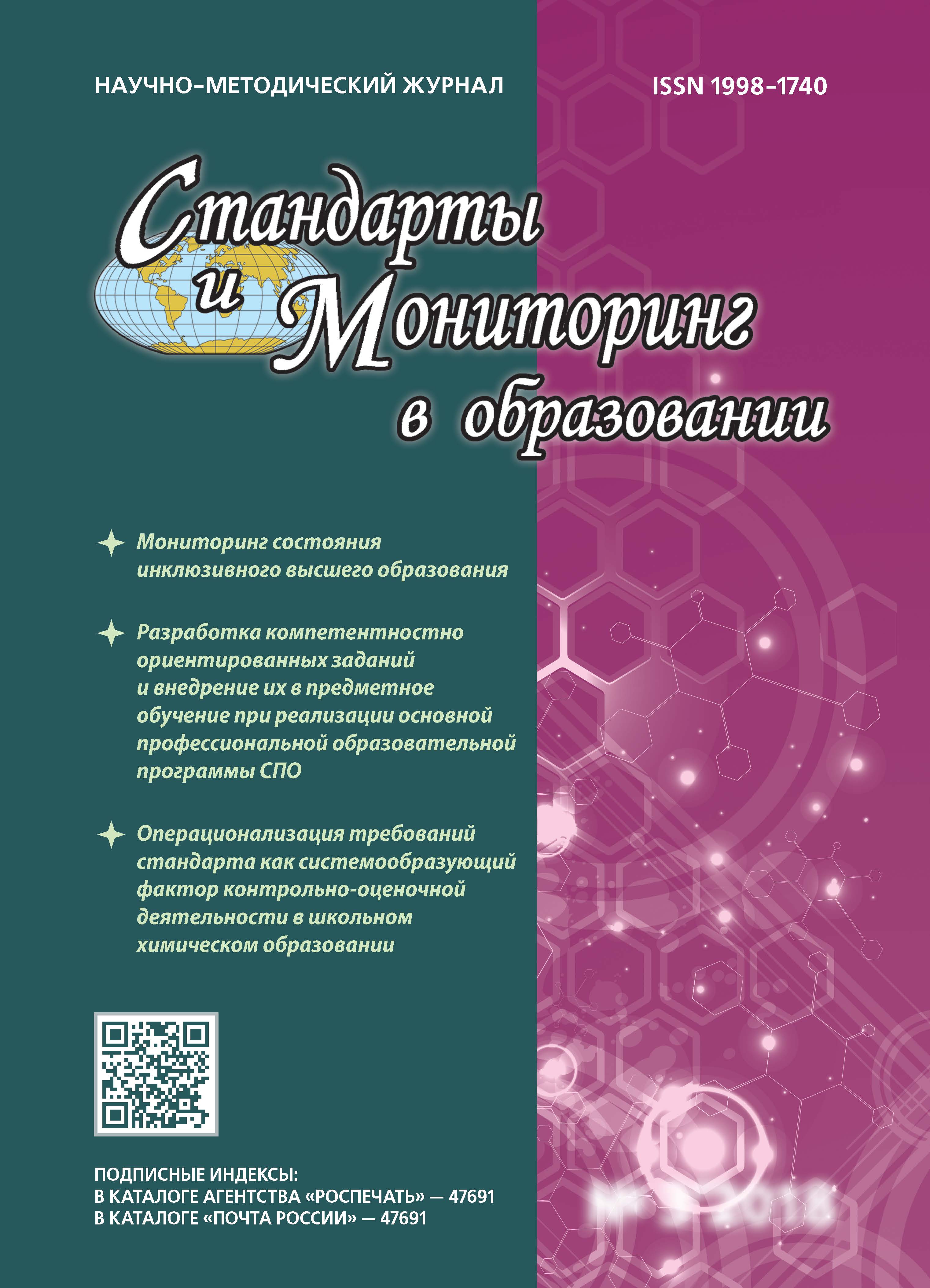One of the most urgent problems of modern Russia is the problem of insufficient financial literacy of the population in the field of effective management of personal funds, the use of banking products and investment instruments. Teaching financial literacy to university students, as the most promising part of the youth, is the most important task facing the higher education system of the Russian Federation. The purpose of the study is to design a financial literacy course for universities using the Mind mapping methodology based on the results of a sociological survey of Omsk university student.
financial literacy, higher education institutions, students, sociological survey, Mind mapping
1. B'yuzen T., B'yuzen B. Super thinking. Change your life with the help of intelligence cards. Minsk: Popurri Publ., 2019, 272 p. (in Russian).
2. Vinogradova V.I. The use of intelligence cards as a promising direction for the development of the intellectual potential of students. Modern aspects of historical and social studies education. Regional scientific and practical seminar of teachers of history, social studies. Collection of materials, Kirov, March 06, 2019], 2019, pp. 21-23. (in Russian).
3. Brovchak S.V., Selivanova M.A., Sochneva E.N., Firsanova O.V., Tsyganov A.A., Shubayeva V.G. Issues of increase in financial literacy of students of higher educational institutions of financial and economic orientation. Perspektivy nauki i obrazovania [Perspectives of Science and Education], 2019, no. 41 (5), pp. 130-146. (in Russian) DOI:https://doi.org/10.32744/pse.2019.5.10.
4. Vospitannik I.V., Koroleva N.I. Formation of economic consciousness and financial literacy of students as conditions for their psychological maturity in the current situation. Uchenyye zapiski universiteta im. P.F. Lesgafta [Uchenye zapiski universiteta im. P.F. Lesgaft], 2019, no. 7 (173), pp. 35-42. (in Russian).
5. Gulyaeva M.A. An integrated approach to the formation of financial literacy of students of professional educational organizations. Professional'noye obrazovaniye v Rossii i za rubezhom [Vocational education in Russia and abroad], 2021, no. 4 (44), pp. 11-20. (in Russian) DOI:https://doi.org/10.54509/22203036_2021_4_11.
6. Malkina M.Yu., Rogachev D.Yu. The influence of personal characteristics on the financial behavior of young people // Journal of Institutional Studies, 2019, no. 11(3), pp. 135-152. (in Russian) DOI:https://doi.org/10.17835/2076-6297.2019.11.3.135-152.
7. Muhametdinova S.H., Tyumenceva E.Yu., Shamis V.A. Financial literacy as a necessary component of the system of training highly qualified personnel. Standarty i monitoring v obrazovanii [Standards and monitoring in education], 2023, vol. 11, no. 1, pp. 49-52. (in Russian) DOIhttps://doi.org/10.12737/1998-1740-2023-11-1-49-52.
8. Reznik S.D., CHernikovskaya M.V. Financial literacy of university students as a key factor in increasing their economic independence. Drukerovskij vestnik [Drucker 's Bulletin], 2021, no. 1 (39), pp. 173-185. (in Russian) DOI:https://doi.org/10.17213/2312-6469-2021-1-173-185.
9. Han S., Lee M.K. FAQ chatbot and inclusive learning in massive open online courses. Computers and Education, 2022, vol. 179, P. 104395. DOI:https://doi.org/10.1016/j.compedu.2021.104395.
10. Kuntze R., Wu C., Wooldridge B.R., Whang Y. Improving financial literacy in college of business students: modernizing delivery tools. Cogent Economics and Finance, 2019, vol. 6, Iss. 1, pp. 976-990. DOI: https://doi.org/10.1108/IJBM-03-2018-0080.
11. Sawatzki C., Sullivan P. Teachers' perceptions of financial literacy and the implications for professional learning. Australian Journal of Teacher Education, 2017, vol. 42, Iss. 5, pp. 51-65. DOI: https://doi.org/10.14221/ajte.2017v42n5.4.
12. Stolper O.A., Walter A. Financial literacy, financial advice, and financial behavior. Journal of business economics, 2017, vol. 5, pp. 581-643. DOI: https://doi.org/10.1007/s11573-017-0853-9.
13. Vaiciukevičiūtė A., Stankevičienė J., Bratčikovienė N. Higher education institutions’ impact on the economy. Journal of business economics and management, 2019, Iss. 20, vol. 3, pp. 507-525. DOI: https://doi.org/10.3846/jbem.2019.10156.






